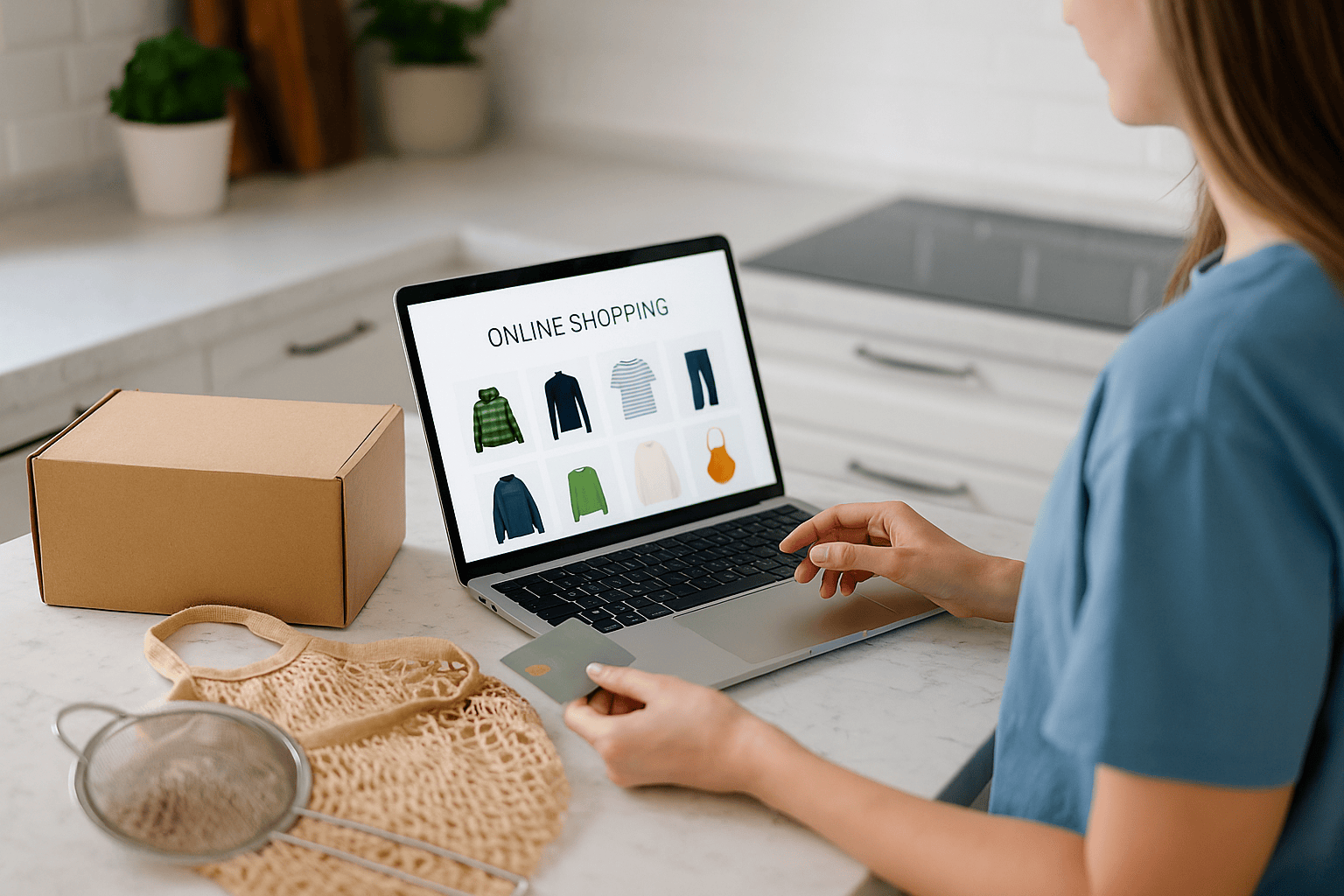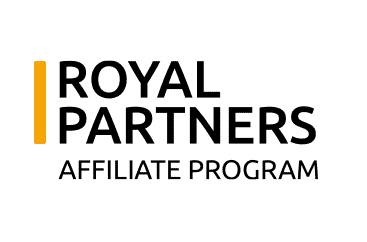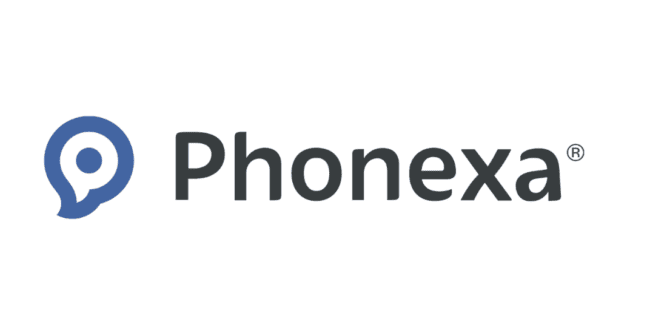UK Online Retail Sales Expected to Grow 4.5% in 2025

UK online retail is back on the rise. After a couple of quieter years following the pandemic boom, fresh figures suggest that digital sales are picking up again — with a projected growth of 4.5% in 2025.
That might not sound dramatic at first glance, but in a £120+ billion market, even small percentages can have a big impact. For affiliates operating in retail, this could mark a turning point — a sign that consumer confidence is returning and that performance-driven marketing has room to thrive once again.
So what’s behind the renewed growth? Which categories are set to benefit the most? And where are the affiliate opportunities hiding?
Let’s take a look.
Where’s the growth coming from?
According to new data published this week, the biggest driver of growth is in non-food categories — particularly homewares, furniture, and DIY.
That’s partly because many shoppers have held off on big purchases over the past 12–18 months. With interest rates stabilising and inflation slowing down, consumers are feeling a little more comfortable about spending — especially on upgrades they put off last year.
The rise in home-focused purchases also reflects changing lifestyles. Remote working is still common across the UK, and people continue to invest in improving their living spaces — whether that’s a new desk chair, a garden table, or a smart lighting setup.
Fashion and beauty remain strong performers too, with mobile-first browsing and fast delivery making it easy to shop on the go.
Mobile and convenience still rule
Unsurprisingly, the bulk of this growth is coming through mobile. Shoppers are browsing on their phones, comparing prices, watching reviews on social media, and completing purchases in just a few taps.
For affiliates, that means your content needs to be mobile-friendly — with clear product images, punchy calls to action, and links that take users straight to the right page.
It also means speed matters. If your site takes too long to load, or your links break on certain devices, you’ll lose the sale. In 2025, mobile optimisation isn’t a nice-to-have — it’s the baseline for doing business.
The return of considered buying
One positive sign for affiliates is the return of more considered shopping behaviour.
Rather than impulse-buying everything via TikTok ads or chasing flash sales, UK consumers are spending more time comparing products, reading reviews, and looking for the best value. That plays right into the hands of content creators and affiliate publishers.
Shoppers want recommendations they can trust. They want to know what the difference is between two similar products. They want to understand whether that budget air fryer is actually worth it.
If you can answer those questions in a clear and honest way — and send them to a retailer with a good price and fast delivery — you’re in a strong position to convert.
Retailers are leaning on affiliates again
Another positive shift is that more retailers are returning to performance partnerships. During the pandemic boom, some pulled back on affiliate spend because traffic and sales were flowing in regardless. Then came the cost crunch, and budgets were slashed.
Now, with competition back and ad costs rising, many retailers are revisiting affiliate as a lower-risk way to drive revenue.
Expect more brands to invest in better creative, commission boosts, and exclusive voucher codes — especially during key shopping periods like summer sales, Black Friday, and Christmas.
Affiliates who can show they’re driving quality traffic — not just clicks — will be first in line for those partnerships.
Top affiliate opportunities for 2025
So, where should retail affiliates be focusing this year?
- Homewares and DIY – Consumers are upgrading their living spaces again, and there’s strong demand for reviews, how-to guides and curated lists.
- Sustainable shopping – Interest in eco-friendly and second-hand goods continues to rise, especially among younger audiences.
- Gifting – From Father’s Day to Christmas, gift guides remain a great format for affiliate content that converts.
- Comparisons and explainers – Long-form content that helps users understand the difference between products is especially effective in high-consideration categories like tech or appliances.
Final thoughts
The projected 4.5% growth in UK online retail may not be a fireworks moment — but it signals a steady return to confidence, which is exactly what the affiliate space needs.
Consumers are buying again. Retailers are spending again. And affiliates who focus on quality content, clear recommendations, and mobile-first execution are in a great position to grow alongside them.
It’s not about hype. It’s about helpfulness. And in 2025, that’s what drives clicks — and commissions.






